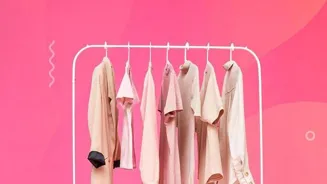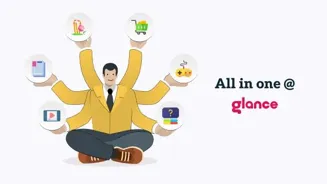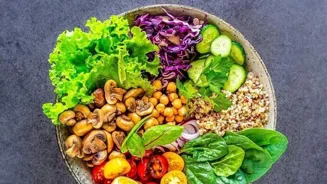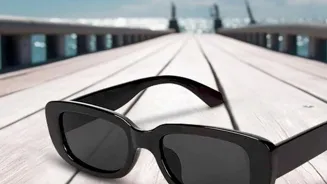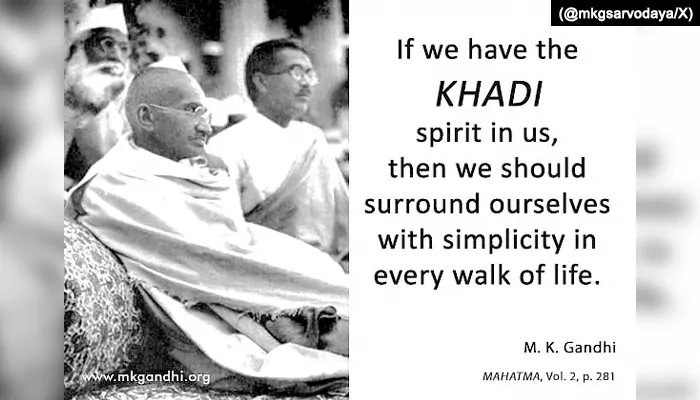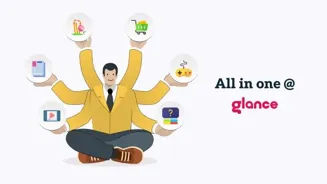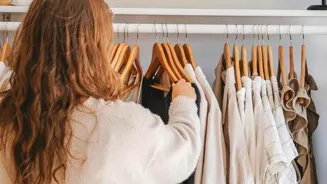Unlocking Social Media's Fashion Secrets: Explore the Digital Evolution of Trends in India. Dive into 7 key factors shaping the future of style
In today’s India, fashion isn't just about what's on the runways
or in glossy magazines anymore. The ubiquitous influence of social media has completely reshaped how trends are born, spread, and adopted.
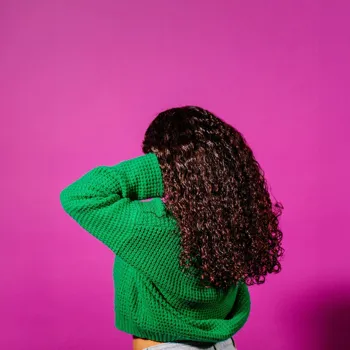
From bustling metros to small-town India, platforms like Instagram, YouTube, and now even TikTok, are dictating what's hot and what's not. Understanding this digital shift is crucial for both fashion brands and consumers alike.
Let's dive into the 7 key factors that explain the potent influence of social media in shaping fashion trends.
Rise of influencer culture transforms fashion industry dynamics
First, the rise of the "Influencer Culture" is undeniable. Fashion influencers, both big and small, have become the new tastemakers. They wield incredible power, reaching millions with their curated content.
Brands recognize this and actively collaborate with them to promote their latest collections. Watching this, consumers get trendy choices and an access to explore the variety.
Fashion media shapes trends via social platforms like Instagram
Social media thrives on visual stimulation, and fashion lends itself perfectly to this format. Platforms like Instagram are filled with aesthetically pleasing images and videos showcasing the latest styles.
This constant visual bombardment normalizes new trends and makes them more accessible to the masses. High-quality fashion photography and videography have become essential tools for brands to capture attention in the crowded digital space.
Social media democratizes fashion, allowing niche aesthetics to flourish globally
The democratizing effect of social media has allowed niche fashion aesthetics to flourish. Subcultures and unique styles, once confined to small groups, can now find a global audience.
Communities dedicated to specific fashion genres, like sustainable fashion or vintage clothing, thrive online, providing a space for sharing ideas and inspiration. It makes it easier for various styles to become famous.
Social media speeds up trend turnover in fashion industry
The speed at which trends emerge and disappear has accelerated dramatically because of social media. What's popular today might be forgotten yesterday, as new styles and challenges go viral.
This rapid turnover keeps the fashion industry constantly evolving, with brands constantly trying to keep up with the never-ending demand for all new things. These things are very challenging to handle.
Social media fosters brand-consumer interaction and feedback loop
Social media enables instant feedback and direct interaction between brands and consumers. Brands can track mentions, comments, and engagement metrics to understand consumer preferences and adapt their strategies accordingly.
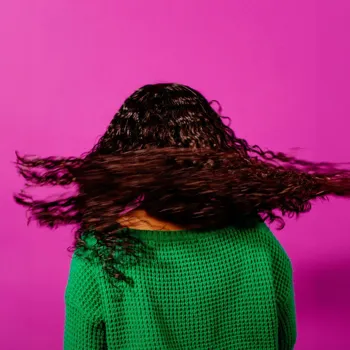
Consumers can also voice their opinions directly to brands, influencing design and marketing decisions. Customer's response is also considered.
Fashion shows democratized by live streaming platforms
Live streaming platforms like Instagram and YouTube have revolutionized the way fashion shows are experienced. Now, anyone with an internet connection can virtually sit front row at fashion week, getting a glimpse of the latest collections as they are unveiled.
This widespread accessibility has made fashion more inclusive and engaging for a global audience.
Social media blurs advertising and organic content, boosting trust in user-generated content
Finally, social media has blurred the lines between traditional advertising and organic content. User-generated content, such as outfit posts and haul videos, has become a powerful form of social proof.
Consumers are more likely to trust recommendations from their peers and favourite influencers than they are from traditional advertising campaigns.
Instagram trends driven by micro-influencers and shopping features
The immediacy of Instagram, with its stories and reels, broadcasts trends in real-time. Micro-influencers, with their smaller but dedicated followings, often drive the adoption of these trends at a grassroots level.
Furthermore, the platform's shopping features enable consumers to buy directly from brands or influencers, shortening the path from discovery to purchase. Visual sharing options is considered to be good.
YouTube enables fashion vloggers to offer in-depth trend insights
YouTube offers a different dimension, providing a space for longer-form content such as styling tutorials, trend analyses, and behind-the-scenes glimpses into the fashion industry.
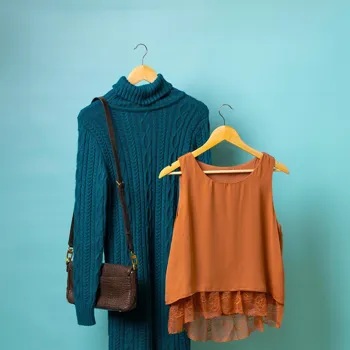
Fashion vloggers can delve deeper into the nuances of a trend, offering viewers valuable insights and helping them understand how to incorporate it into their style. It really helps the consumer to find the best trends that can be adopted.
TikTok's fashion videos drive trends, need monitoring
TikTok, with its short, snappy videos, has become the hub for viral fashion challenges and aesthetic trends. "Fashion hacks" and "get ready with me" videos quickly gain popularity, driving up interest in specific clothing items or styling techniques.
The platform's algorithm-driven discovery ensures that fashion content reaches a wide and diverse audience. It needs constant monitoring.
Niche fashion communities on Pinterest & Reddit foster creativity and connection
Beyond the major platforms, niche communities on sites like Pinterest and Reddit provide dedicated spaces for fashion enthusiasts to connect and share inspiration. These communities often focus on specific styles or aesthetics, fostering a sense of belonging and encouraging experimentation.
This diversity of content has a large amount of influence.
Social media drives online shopping, influencer marketing thrives
The rise of social media commerce has made it easier than ever to buy clothes and accessories online. Many brands now have social media storefronts, allowing customers to purchase directly from their favourite platforms.
Influencer marketing has also become a dominant force, with brands paying influencers to promote their products to their followers. It is easy to do business online.
Social media promotes ethical/sustainable fashion, influencing consumer choices for eco-friendly brands
Social media has also played a role in promoting ethical and sustainable fashion. Consumers are becoming increasingly aware of the environmental and social impact of their clothing choices, and they are using social media to demand more transparency and accountability from brands.
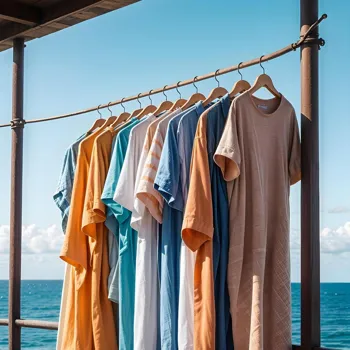
This demand has led to the rise of sustainable fashion influencers and brands that promote eco-friendly practices. This is creating awareness.
Social media shapes fashion trends in India through key factors
In conclusion, social media is playing a significant role in shaping fashion trends in India. By understanding the influence of these 7 key factors, fashion brands and consumers can navigate the ever-changing landscape of the digital age and stay ahead of the curve.
It is a good medium to learn about the latest trends and styles.
Instagram normalizes new fashion looks, inspiring emulation and experimentation
The very nature of visual platforms like Instagram favours the display of attractive clothing and accessories. High-resolution photographs and videos showcasing outfits in various settings create aspirational imagery that inspires viewers to emulate the styles they see.
This constant exposure normalizes new looks and encourages experimentation. Sharing the image and video contents is easy.
Instagram Stories drive urgency and engagement for influencers
Instagram Stories, with their ephemeral nature, create a sense of urgency and immediacy. Influencers often use Stories to share "outfit of the day" posts or showcase new arrivals, driving immediate engagement and sales.
The interactive features of Stories, such as polls and quizzes, allow influencers to gather feedback from their followers, further shaping their content strategy. The interactive sessions are very important.
YouTube fashion vloggers offer detailed styling advice and trend tutorials for viewers
YouTube's longer-form video format allows for in-depth fashion tutorials and styling advice. Vloggers can demonstrate how to create different looks with the same pieces of clothing or explain the nuances of particular trends.
These videos provide valuable information to viewers, helping them understand how to incorporate new styles into their wardrobes. The tutorials help the consumer.
TikTok fosters fun, fashion trends, and community creativity
TikTok’s quick video format creates a sense of fun and experimentation. Viral fashion challenges and trends spread quickly across the platform, inspiring users to try new things and express their creativity.
TikTok also fosters a sense of community, with users sharing their own interpretations of popular trends. They share their own opinions too.
Pinterest: Visual platform for outfit inspiration and fashion trends
Pinterest functions as a visual mood board, allowing users to collect and organize images of outfits and accessories that they find inspiring. This platform is particularly popular for planning special occasion outfits or researching specific fashion trends. Some of the clothes are unique.
Fashion Facebook groups foster style connections & trend exploration
Facebook groups dedicated to fashion allow members to connect with like-minded individuals, share outfit ideas, and ask for styling advice. These groups provide a supportive environment for users to explore their personal style and experiment with new trends.
There are several groups on latest trends.
Brands utilize social media for targeted marketing, involving data and influencer outreach
Brands use social media for social media marketing. Paid advertising campaigns on social media platforms allow brands to target specific demographics with tailored messages, increasing brand awareness and driving sales. It also involves the user's data. Influencer marking is also a part.
social media's power to influence trends through viral content
Firstly, a major influencer can start a trend just by wearing something in a picture or video. If that content goes viral, many people might buy the same item. This effect shows that social media has a strong power to make things popular quickly. This creates popularity.
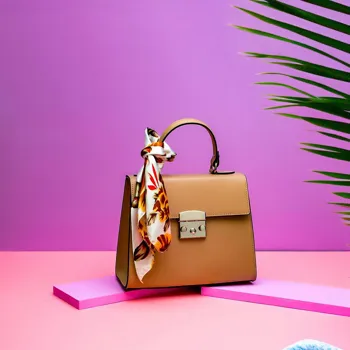
Visual platforms boost fashion brands with captivating images
Secondly, visual platforms like Instagram let fashion brands present their clothing items attractively. High-quality images and videos catch the eye, making people want to buy the items. This visual appeal is key to making social media work for fashion. Images are key.
YouTube tutorials teach fashion tips, inspire new styles
Thirdly, YouTube tutorials provide step-by-step advice on how to put together specific outfits or recreate a particular style. This helps people learn about fashion and feel confident trying new looks. It has tutorials also.
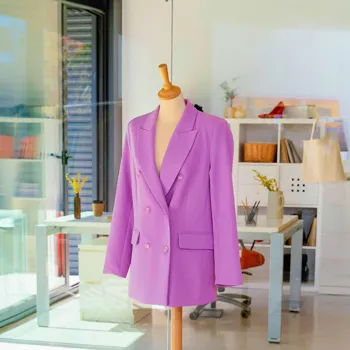
TikTok boosts fashion trends with fast-paced videos
Fourthly, the quick-paced format of TikTok means that fashion trends can spread quickly. Challenges and viral videos help people discover new styles and showcase their own fashion sense. Quick videos are uploaded.
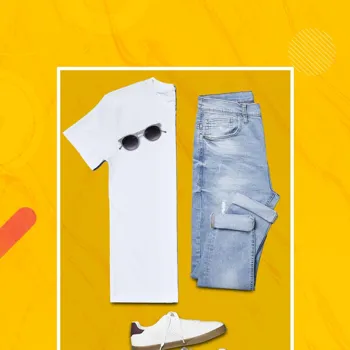
Consumers influenced by social media for purchasing decisions
Fifthly, consumers have constant contact with brands and influencers on social media, allowing instant feedback and opinions. And it can influence that the people want to buy. This is useful.
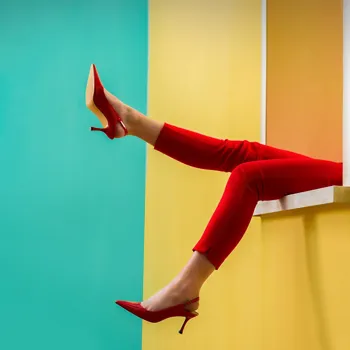
Social media democratizes fashion trends for all
Sixthly, social media makes trends accessible to everyone, even those who may not live near big cities or have time to shop in stores. This increases accessibility of fashion.
Social media boosts brand standards with ethical content
Seventh, social media is a good platform for businesses to raise brand's standards by providing ethical contents on social media. It helps to know the background of the brand.
AI Generated Content. Glance/InMobi shall have no liability for the content